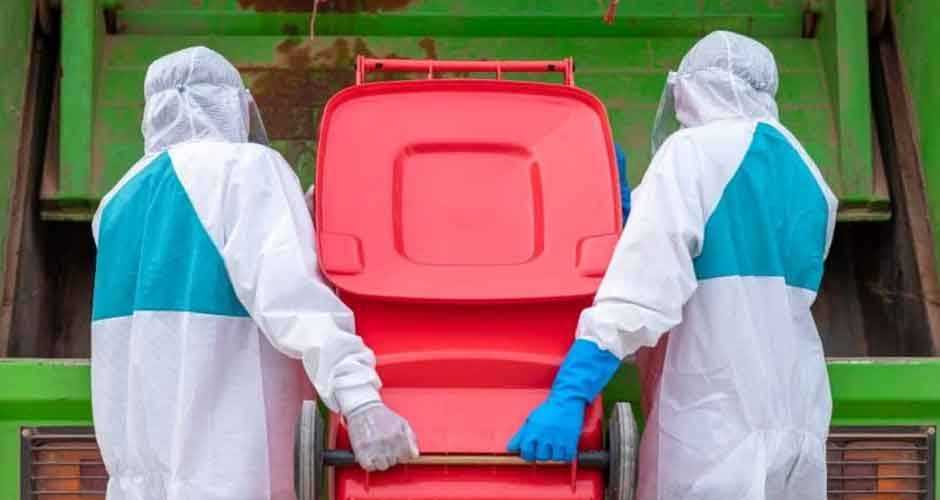When it comes to environmental sustainability, managing hazardous waste stands poses many challenges. It’s not just about disposing of hazardous waste but doing so responsibly, efficiently, and safely. Thanks to technological advancements, hazardous waste management has undergone significant transformations.
Waste management companies at the forefront of these innovations offer cutting-edge disposal services that align with these innovations and environmentally conscious practices. But what exactly has changed about the waste management industry, and how is technology shaping a more sustainable future? Here, we’ll explore three revolutionary ways technology has enhanced hazardous waste management and disposal.
Automation and Robotics in Waste Segregation
One of the most significant technological advancements in hazardous waste management is the integration of automation and robotics. These technologies have redefined waste segregation, a critical step in hazardous waste disposal. Robots, equipped with sensors and machine learning algorithms, can now accurately sort hazardous materials from non-hazardous ones, reducing human exposure to dangerous substances.
This makes the process safer and more efficient, as automated systems can operate continuously without the limitations of human labor.
Advanced Treatment Methods for Detoxification
Technological innovation has also introduced more sophisticated treatment methods for detoxifying hazardous waste. Techniques such as advanced oxidation processes, plasma gasification, and bioremediation have transformed how hazardous waste is treated. These methods ensure that harmful chemicals are neutralized or transformed into less harmful substances before disposal.
For instance, bioremediation uses biological organisms to break down toxic substances into non-toxic compounds, demonstrating an eco-friendly approach to waste management. These advanced treatment methods are a testament to the waste disposal industry’s commitment to more sustainable solutions.
IoT and Real-Time Tracking for Compliance and Safety
The Internet of Things (IoT) has brought about a paradigm shift in how hazardous waste is tracked and managed. IoT-enabled devices and sensors allow for real-time monitoring of waste containers, ensuring that they are handled correctly and comply with regulatory standards. This technology aids in preventing accidents and leakages during transportation and storage.
Real-time tracking systems also provide transparency and accountability in the waste disposal process, supporting safety and regulatory compliance.
The Future of Hazardous Waste Management: Trends and Predictions
Looking ahead, the future of hazardous waste management is poised for future transformation through emerging technologies. Innovations such as artificial intelligence and machine learning are expected to enhance the capabilities of automated sorting systems, while advancements in chemical treatment processes could offer new solutions for neutralizing hazardous substances. However, the adoption of these technologies faces challenges, including high implementation costs, regulatory hurdles, and the need for specialized expertise.
Consult a Hazardous Waste Disposal Company That Leads With Innovation and Sustainability
Integrating these technologies into hazardous waste management exemplifies how waste disposal companies harness innovation to make their processes more efficient, safer, and more environmentally responsible. By adopting such advanced technologies, sustainably-focused waste disposal companies are setting new standards in the industry, ensuring that hazardous waste disposal is carried out with utmost precision and care.
Choosing a waste disposal company that prioritizes innovation and sustainability is crucial, as it reflects a commitment to long-term environmental health and safety, ensuring that today’s solutions don’t become tomorrow’s problems.
FAQ: How do automated sorting systems identify different types of hazardous waste?
A: They use technologies like infrared sensors and X-ray to detect and sort waste based on material composition.
Q: What are the environmental benefits of advanced thermal treatment technologies?
A: These technologies reduce waste volume, lower greenhouse gas emissions, and can generate renewable energy.
Q: How does blockchain improve hazardous waste management?
A: Blockchain enhances traceability and compliance by securely recording and tracking waste disposal processes.
Embracing technology in hazardous waste management not only mitigates environmental impact but also paves the way for innovative solutions that promise a cleaner, safer future.Q



